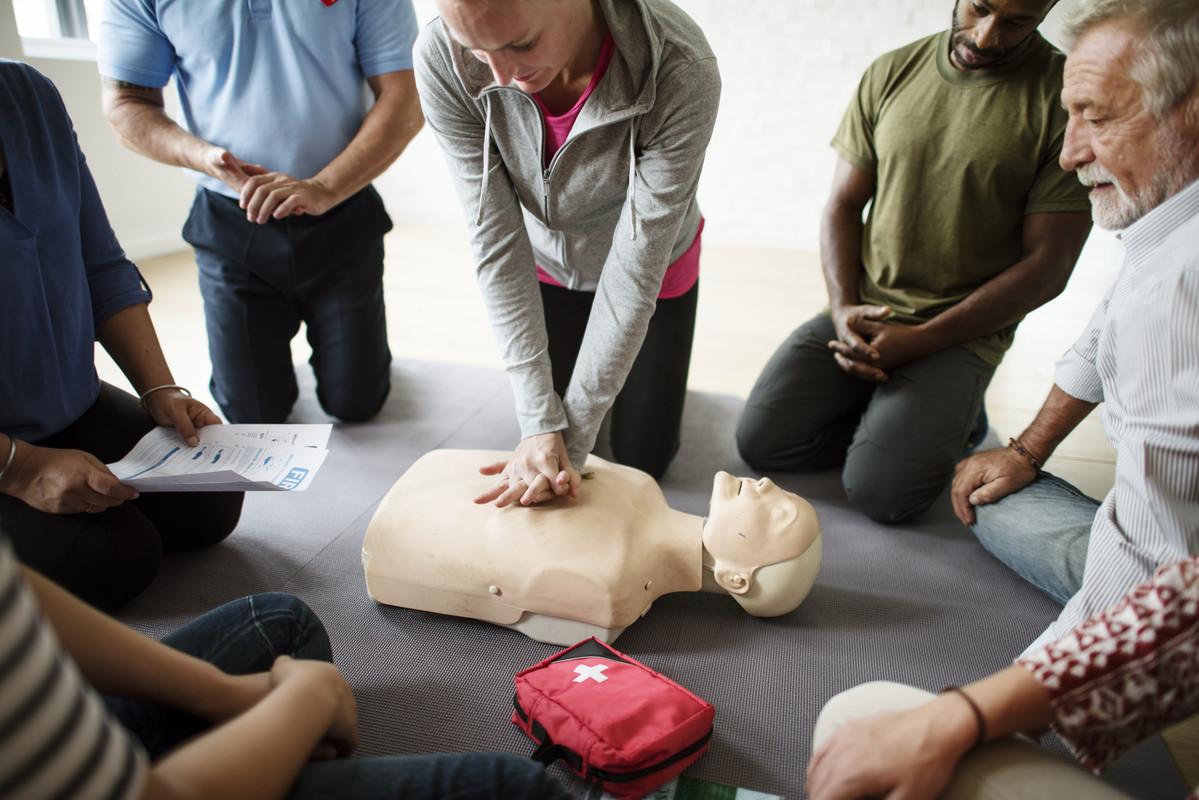In the home and workplace, accidents may occur which require more than the slap-then-stick remedy of band-aids. Scratching the surface, what do we genuinely understand about first aid, and how effectively can we administer it? Goes without saying, its importance goes beyond the ability to handle paper cuts and scraped knees. In roughly 8 minutes, the average ambulance response time, proper first aid can save a life. Is our knowledge sufficient to face high-pressure situations? Instead of just having a first aid box under the sink or in the office cabinet, don't you think it's vital to dive deeper into what's inside this box and how effectively we can use it in times of emergency?
This post contextualises the importance of a comprehensive first aid course, the areas it covers, and how it advances way beyond just applying band-aids. Let’s explore whether a comprehensive first aid course is worth the time and effort needed, and if it is a necessity or optional.
Why Consider a Comprehensive First Aid Course?
The unpredictable nature of accidents requires a person to be prepared at all times. A comprehensive first aid course encourages readiness, making the first responder confident in emergencies. Whether it's a choking incident at a dinner party or a co-worker’s sudden seizure, trained individuals can react faster and efficiently, having a significant role in the chain of survival.

This course gives civilians a semblance of control in an otherwise chaotic situation. It creates a more robust and safer community, where everyone has the ability and basic know-how to potentially save a life before professional aid arrives.
Lastly, it can also prove helpful in everyday situations, where accessibility to immediate professional medical assistance is not available.
What Does a Comprehensive First Aid Course Include?
A robust first aid course covers topics ranging from basic wound care to administering CPR. Participants can learn how to correctly administer emergency services to victims of falls, burns, head injuries, and other critical situations. More advanced courses can also include lessons on handling incidents like heart attacks, and managing emergency childbirth situations
The course also includes lessons on using a range of equipment like AEDs (Automated External Defibrillators), tourniquets, and epinephrine auto-injectors. All this, combined with effective techniques to ease panic and manage the scenario until professional medical help arrives, makes it truly comprehensive.
When & Who Should Consider a Comprehensive Course?
From parents to office workers, sports coaches to teachers, comprehensive first aid courses offer benefits to everyone. It's especially essential for those working in more hazardous environments such as construction, mining, or adventure sports.
In reality, there's no specific time to take this course. It's never too early or too late to learn life-saving techniques. Only a few prerequisites may apply, such as minimum age and physical abilities, depending on the course's extent and accrediting body.
Pros and Cons of Taking a First Aid Course
Like any investment of time and resources, comprehensive first aid courses come with their advantages and potential downsides. The possible cons include cost and duration, especially for more advanced and detailed lessons.
The pros, however, far outweigh these. The knowledge acquired can create significant life-or-death differences. The course also adds a valuable skill to your resume and provides an opportunity to meet like-minded people.
Making a Mark with Comprehensive First Aid Courses
Courses not only teach us the technique but enforce the mindset required in emergencies. Knowing CPR and how to use an AED, or understanding how to correctly bandage a wound, can translate into confidence during life-threatening situations.
Moreover, a good course should ensure the comprehension of psychological first aid, including calming individuals down, understanding signs of shock, and providing initial emotional and mental support.
Tailoring Comprehensive Courses to Design Specific Needs

One size doesn't fit all in first aid courses; they must be relevant and targeted. For instance, school teachers would need to have knowledge on anaphylaxis and asthma emergencies, while a mining site worker should be trained to handle crush injuries or toxic fume inhalation.
Customising comprehensive first aid courses according to needs and occupations makes them more effective and successful in mitigating risks and damages.
Conclusion
Conclusively, the decision to invest in a comprehensive first aid course isn't about capitalizing on weighty pros or trivial cons. It is about being prepared for unpredictable situations, being capable of saving lives, and creating safer communities. The ripple effect of this course is immense and valuable, from daily scenarios to extreme emergencies.
A comprehensive first aid course is a testament to the notion that knowledge is power - and this kind of power can immensely influence our capacity to protect ourselves and those around us. Moving beyond band-aids, it is an enlightening and empowering journey that equips us with skills to face the immeasurable dynamics of medical emergencies. Everyone has a part to play, and understanding comprehensive first aid is playing that part efficiently and effectively.


.jpg)
